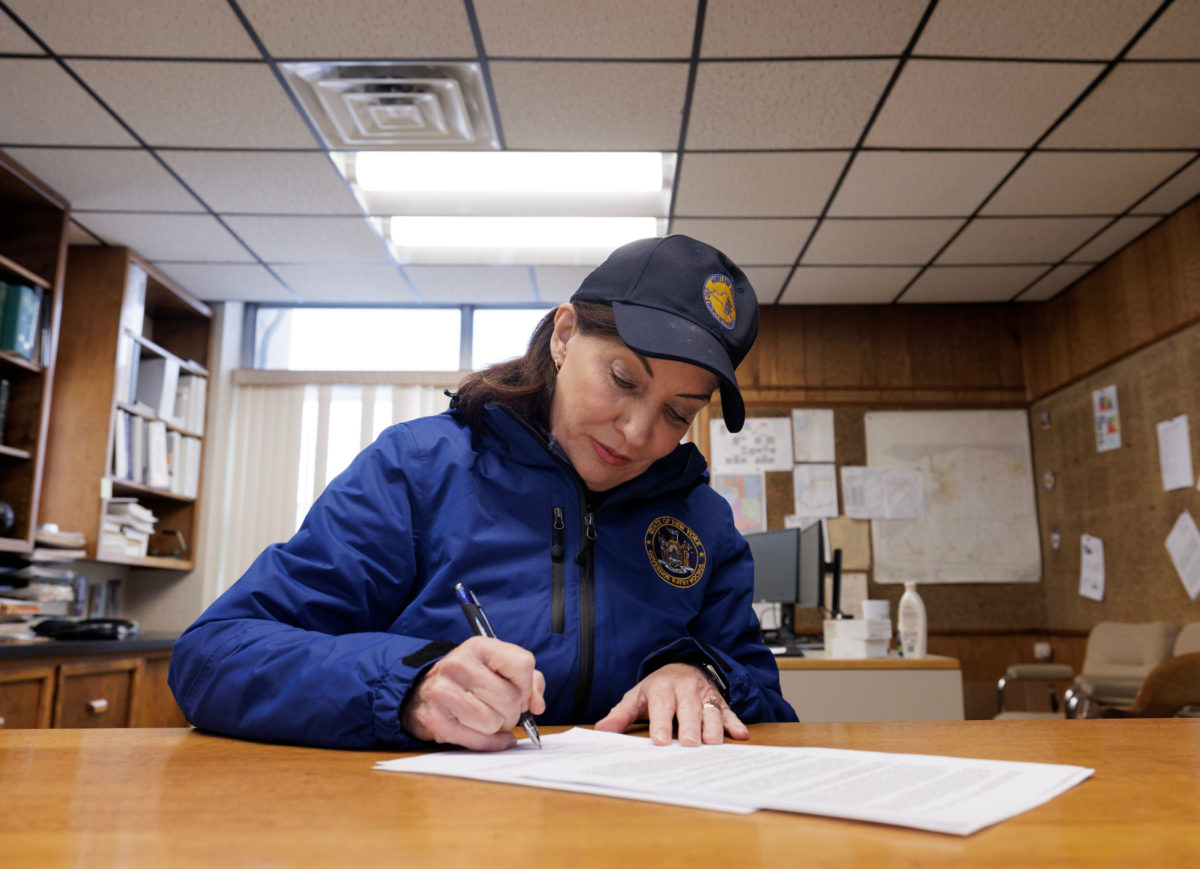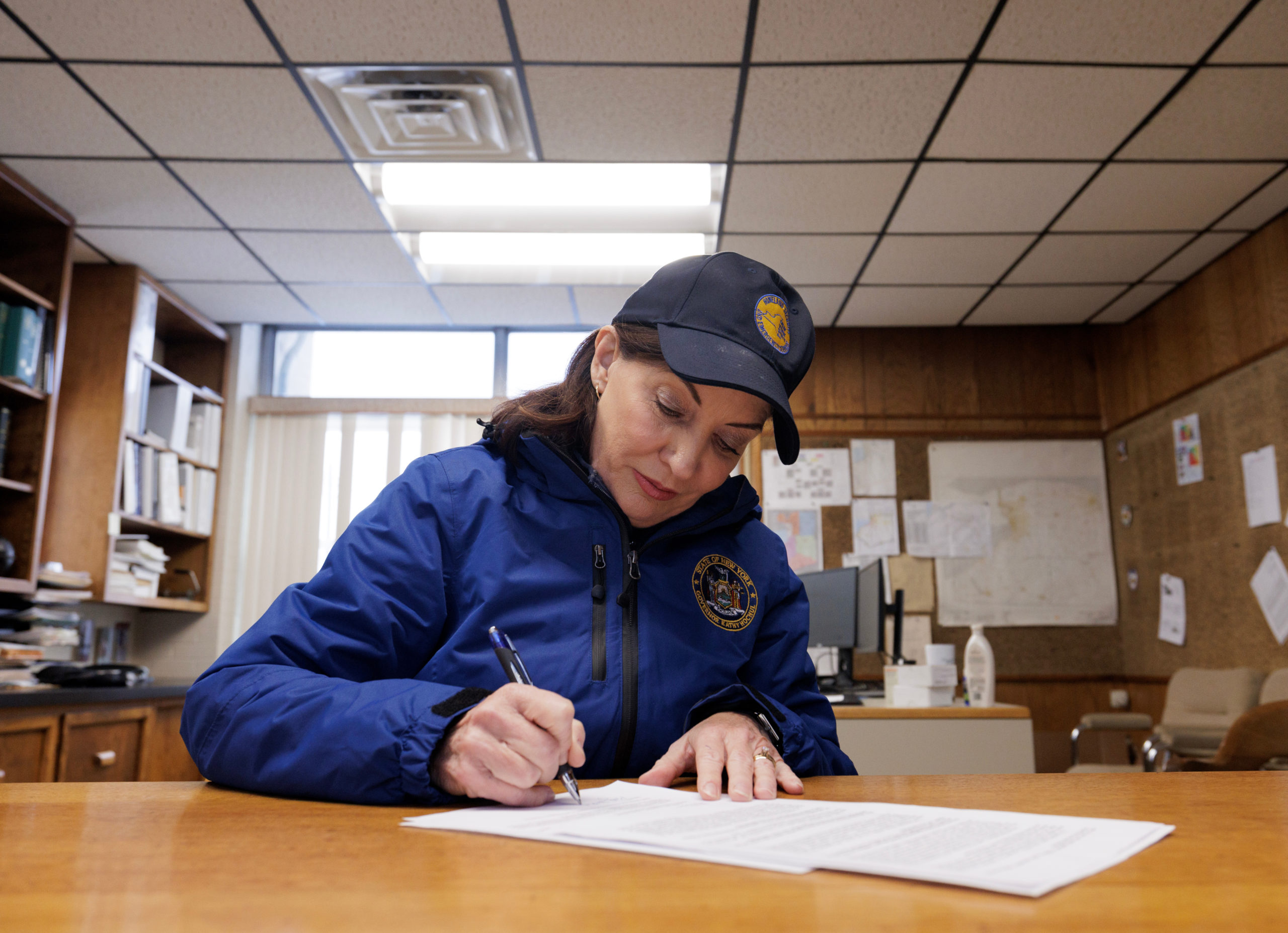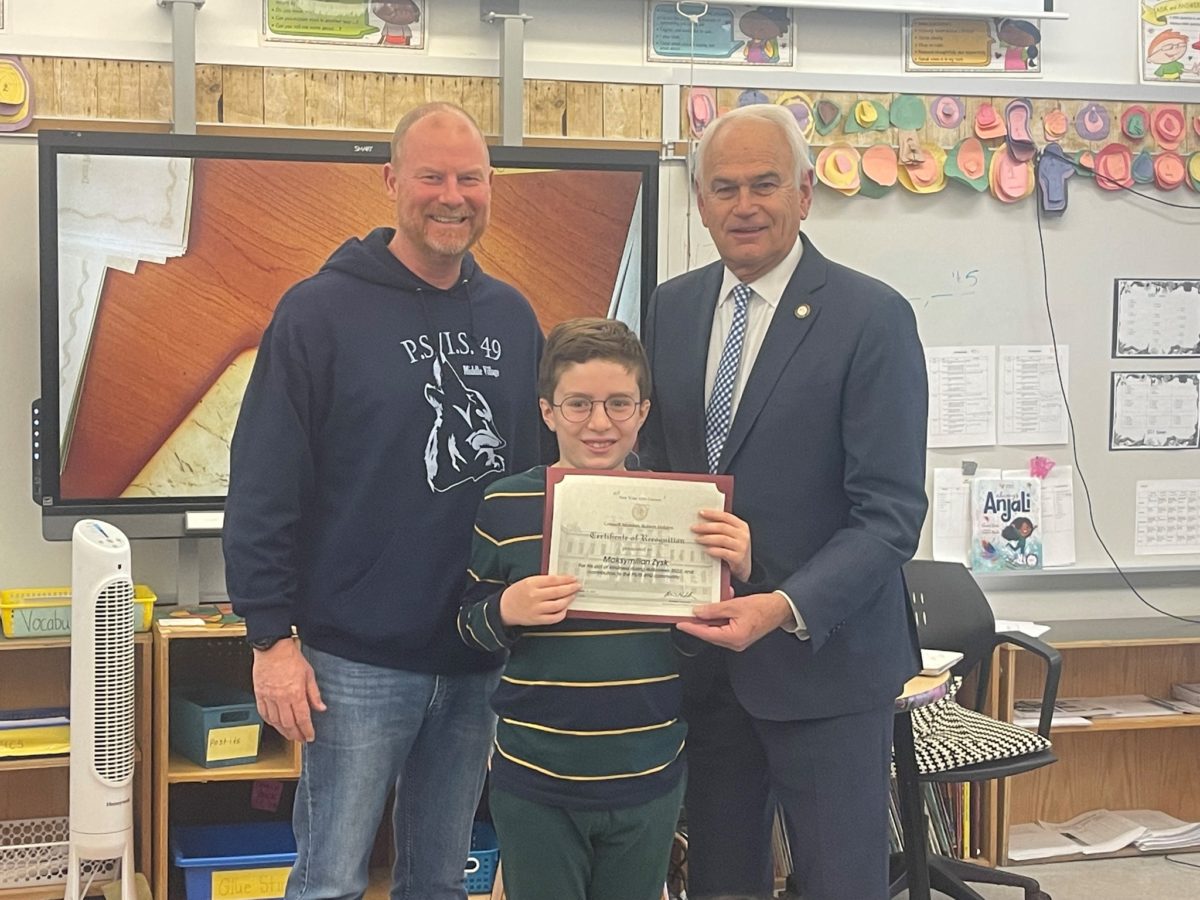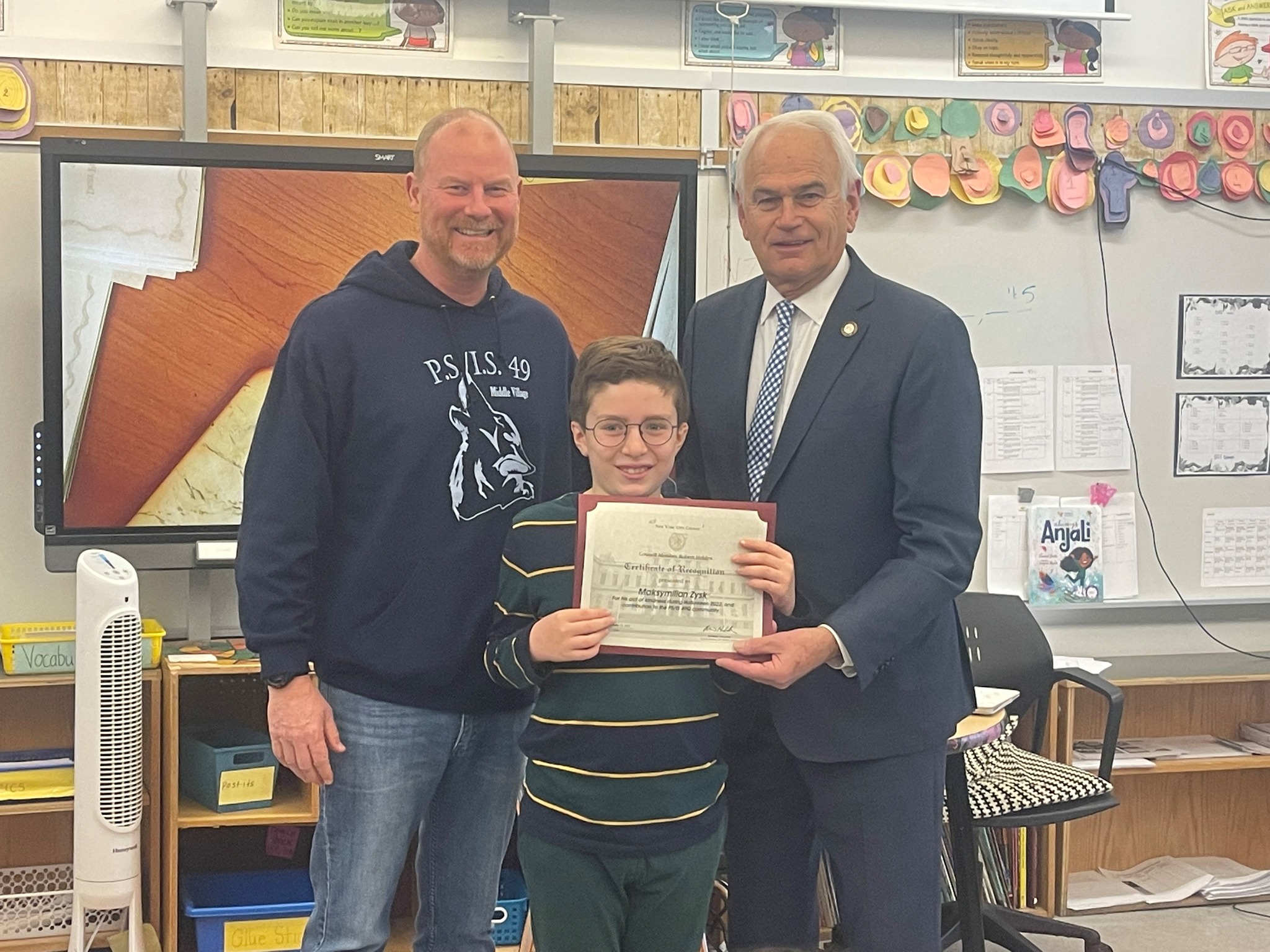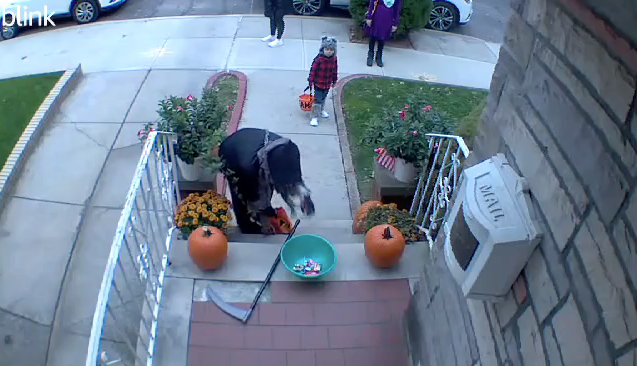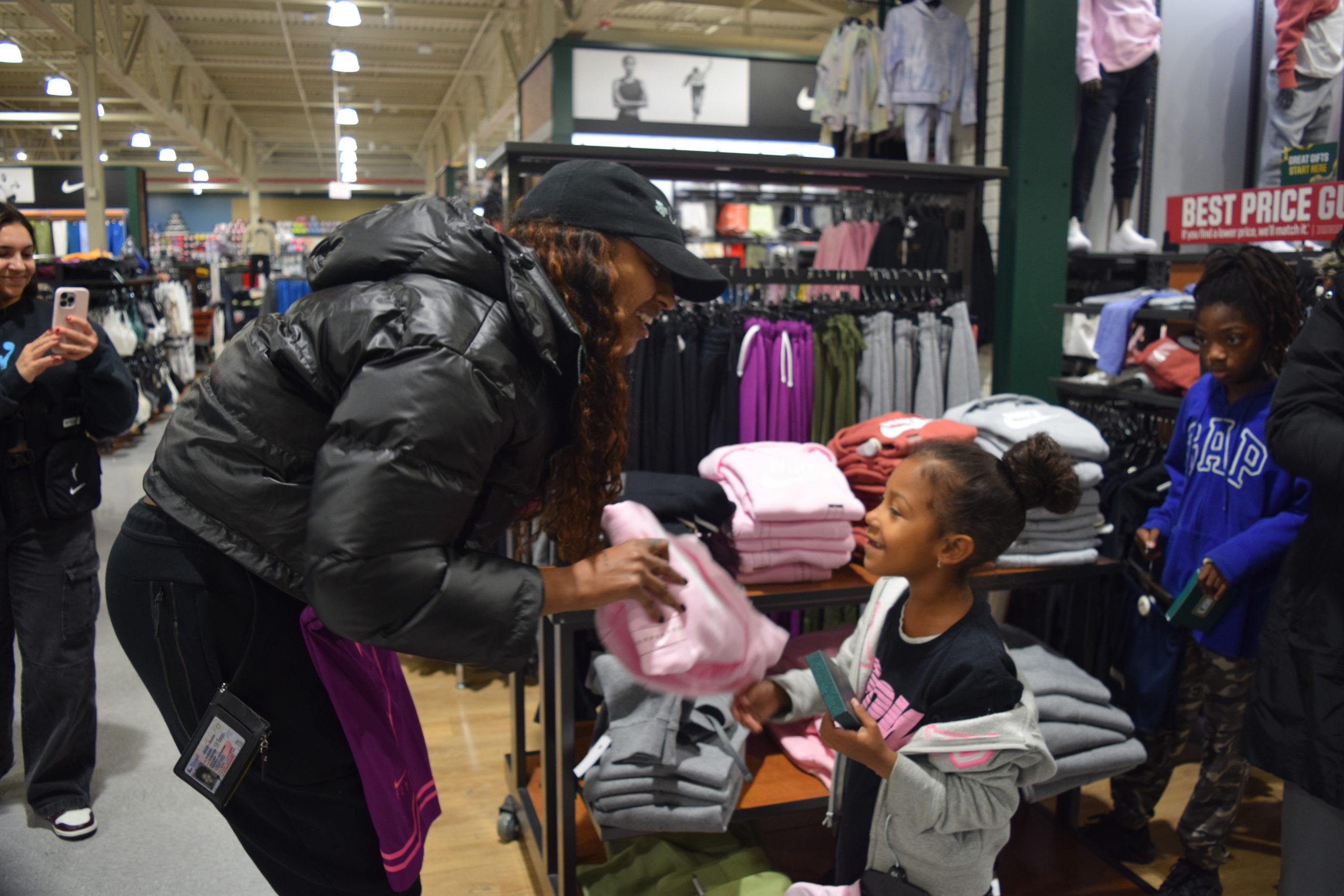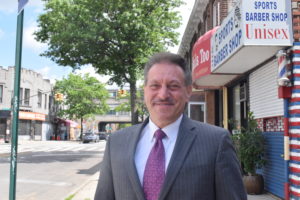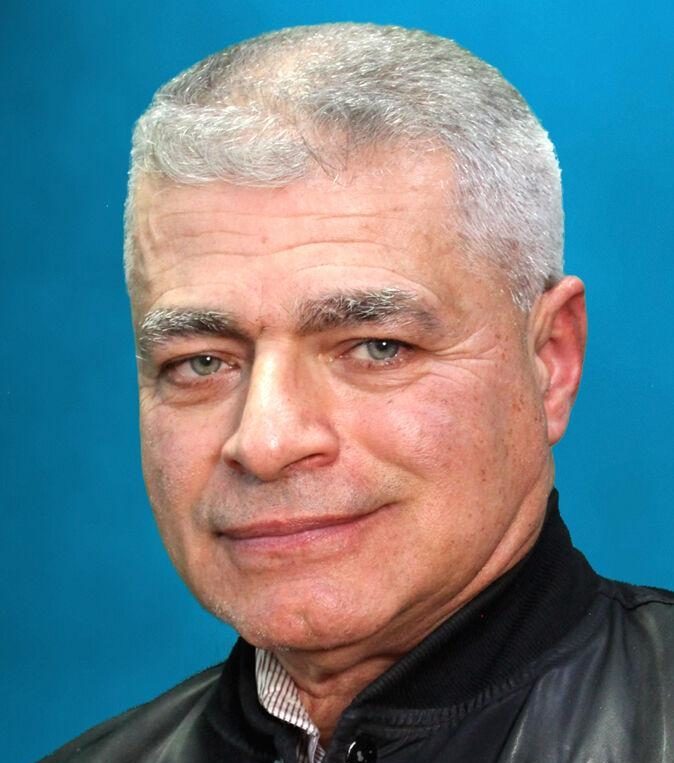New Citi Bike stations ‘on hold’ for District 5
CB5 votes to send letter to DOT requesting input
By Jessica Meditz
jmeditz@queensledger.com
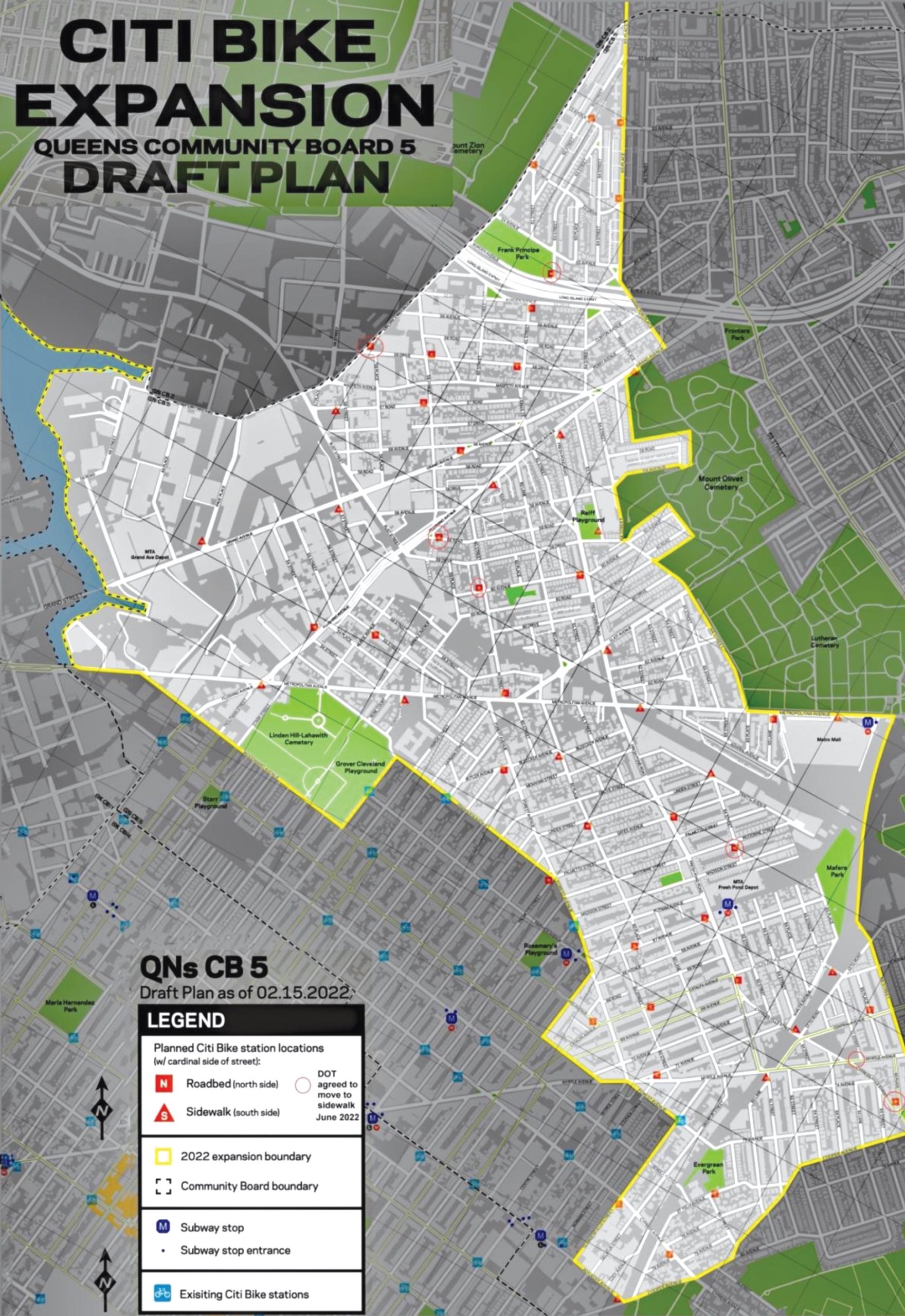
The original proposal for the Citi Bike expansion in District 5, circulated by the DOT.
As the implementation of new Citi Bike stations for Queens District 5 comes closer, the debate on where they should go continues among members of the community.
Following an eventful Transportation Committee meeting of Community Board 5 on Nov. 29, the incoming installations are now “on hold” pending community feedback — much to the dismay of some residents.
The committee resolved that it would pen a letter to the Department of Transportation (DOT), requesting that the board be able to play an “active role” in the implementation of the program and the placement of these stations. In the interest of preserving as many parking spaces as possible, the committee stated a preference for stations on sidewalks, daylighting and no parking areas.
At CB5’s monthly meeting on Dec. 14, the board voted overwhelmingly in favor of submitting the letter, in hopes that they can figure out a way to make the Citi Bike system work for everyone.

CB5 voted in favor of sending a letter to the DOT, requesting that they play an active role in the implementation of the program.
“A lot of people in the community have various opinions on it, and everyone just wants to make sure it’s implemented in a way that provides the maximum benefit, while minimizing any consequences or downstream negative effects,” Eric Butkiewicz, a Middle Village resident and chairman of the Transportation Committee, said in an interview.
He said that the DOT has scrapped the original map of the draft plan that was circulated earlier this year, in wake of the pause for community input.
The installation of the stations will be delayed until at least January, but it’s not certain as to when residents will begin seeing more Citi Bikes.
“I think this is the proper way to do it. [The DOT] is open to community feedback and how they go about putting these stations within the grid, and I think that’s where we come in as a Community Board…what works and what doesn’t,” Butkiewicz continued. “It seems that the DOT has scrapped or put aside locations in the previous plan that were right outside businesses, which they thought were a good idea. Once they consulted or heard feedback from those local businesses, they found out that it would conflict severely with the ability for them to operate.”
While Butkiewicz feels the recent conversations around the Citi Bike installation have been productive, other locals feel disappointed in the new plans and left out of the conversation — including Rachel Albetski, an urban planner who resides in Ridgewood.
She and another resident attended the last Transportation Committee meeting to engage with board members and publicly discuss Citi Bike in a positive light to demonstrate that many locals are in favor of the expansion happening as quickly as possible.
“As soon as the door was opened to let us into the meeting, we were immediately questioned by the District Manager [Gary Giordano] where we were coming from and who we’re associated with…I was really taken aback,” Albetski said in an interview. “I’ve never ever been treated like that at a public meeting.”
Albetski claimed that she was told the entry restrictions were COVID-related, and that she did not see a Zoom link immediately available as a remote option.
She was eventually let into the meeting and shared her thoughts about Citi Bike to all who were present.
“I just wanted to give a positive voice to someone who is pro Citi Bike, and part of that stance is being in favor of seeing them in the roadbed and not on the sidewalk. Once they’re on the sidewalk, you’re further congesting sidewalk space…sidewalk space is at a premium and they’re already congested. It just doesn’t make sense to put Citi Bike on the sidewalk,” Albetski said.
She argued that the discussion at the meeting to go back to the drawing board in terms of placements of the stations was confusing, and said that this would only delay the project from community members who will benefit from more Citi Bikes now.
“That process should be open to more people besides the ones in that room because I don’t really think that it’s completely representative of what everyone in the actual broader community thinks. You’re saying that no one wants this and that the community is against it, but there’s actually a broad swath of people out there that really want to see it,” she said. “It’s just good to have another option for people when they just want to get around within their neighborhood, and it’s a great supplement for trips that would have been made by transit or car.”
Various letters of support from locals were submitted to the public forum of the recent monthly board meeting, as well as another letter questioning whether or not the CB meetings are actually public.
In reference to the Transportation Committee meeting, Giordano said that all members of the public who wanted to be let in, were indeed permitted to enter.
“I had some concern about additional people coming, to the point where it would be unsafe — especially with COVID,” he said. “We didn’t have anyone standing outside not able to get in.”
All members of the community were then encouraged to become involved in future meetings, reiterating that every meeting — both committee and board meetings — are open to the public.


